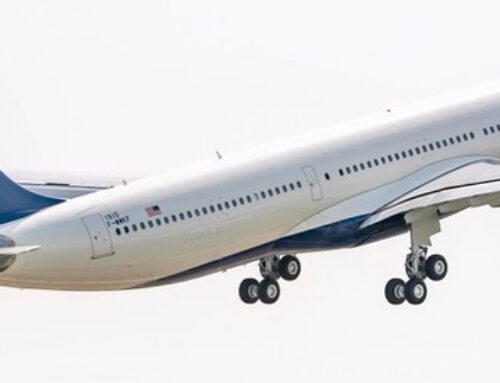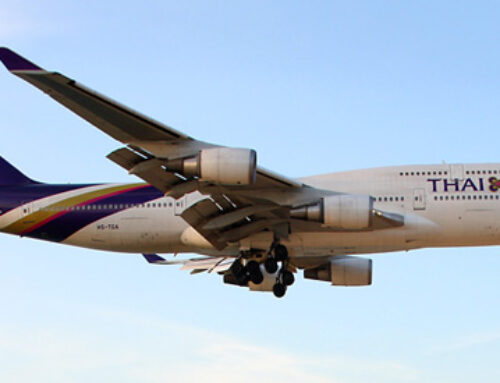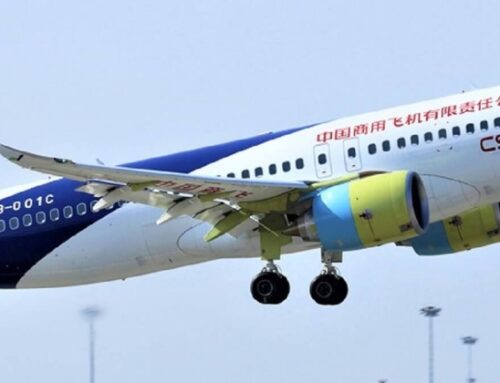
China’s aviation sector is taking a significant stride towards self-reliance with the development of the CJ-1000 engine, aimed at powering the domestically produced C919 passenger jet. This move, spearheaded by the Shanghai-based Aero Engine Corporation of China (AECC), marks a critical phase in China’s journey to reduce dependency on imported technology, particularly in the face of increasing export restrictions from the United States.
The Civil Aviation Administration of China (CAAC) has prioritized the review of this first Chinese turbofan commercial engine, underscoring the nation’s commitment to bolstering its “Made in China” initiative. This initiative not only includes the certification of the C919 in Europe but also emphasizes the development of indigenous aviation technologies.
The CJ-1000 engine, deriving its name from the Chang Jiang (Yangtze River), represents a significant technological leap for China. Its design is intended to replace the Leap engine, currently used in the C919 and produced by CFM International, a collaboration between GE Aerospace of the U.S. and France’s Safran Aircraft Engines. The C919, which has been in development for 15 years and entered commercial service in May 2023, is China’s response to Western narrowbody jets like the Boeing 737 and the Airbus A320.
However, the path to developing a competitive commercial jet engine has been fraught with challenges. Despite making strides in aviation technology, China faces hurdles in catching up with established Western manufacturers. Issues such as mechanical failures, design shortcomings, and a lack of manufacturing and testing experience have been identified as significant obstacles.
The AECC, established in 2016 with stakeholders including the Chinese defense contractor Avic and the C919’s manufacturer, Comac, is at the forefront of overcoming these challenges. However, the geopolitical landscape, particularly U.S. export controls on critical technologies, poses additional challenges to China’s ambitions. These restrictions, aimed at safeguarding U.S. national security, could hinder Chinese access to essential technologies needed for advanced engine development.
Despite these hurdles, AECC remains optimistic about the CJ-1000’s certification timeline, targeting completion between 2022 and 2025. This endeavor is not just about technological achievement but also reflects the broader competition between China and the U.S. in the realm of advanced technologies.
As China continues to push for aerospace self-reliance, the development of the CJ-1000 engine for the C919 stands as a monumental challenge, emblematic of the nation’s broader ambitions to secure a more autonomous and competitive position in the global aviation industry.
Sources: AirGuide Business airguide.info, bing.com, scmp.com







